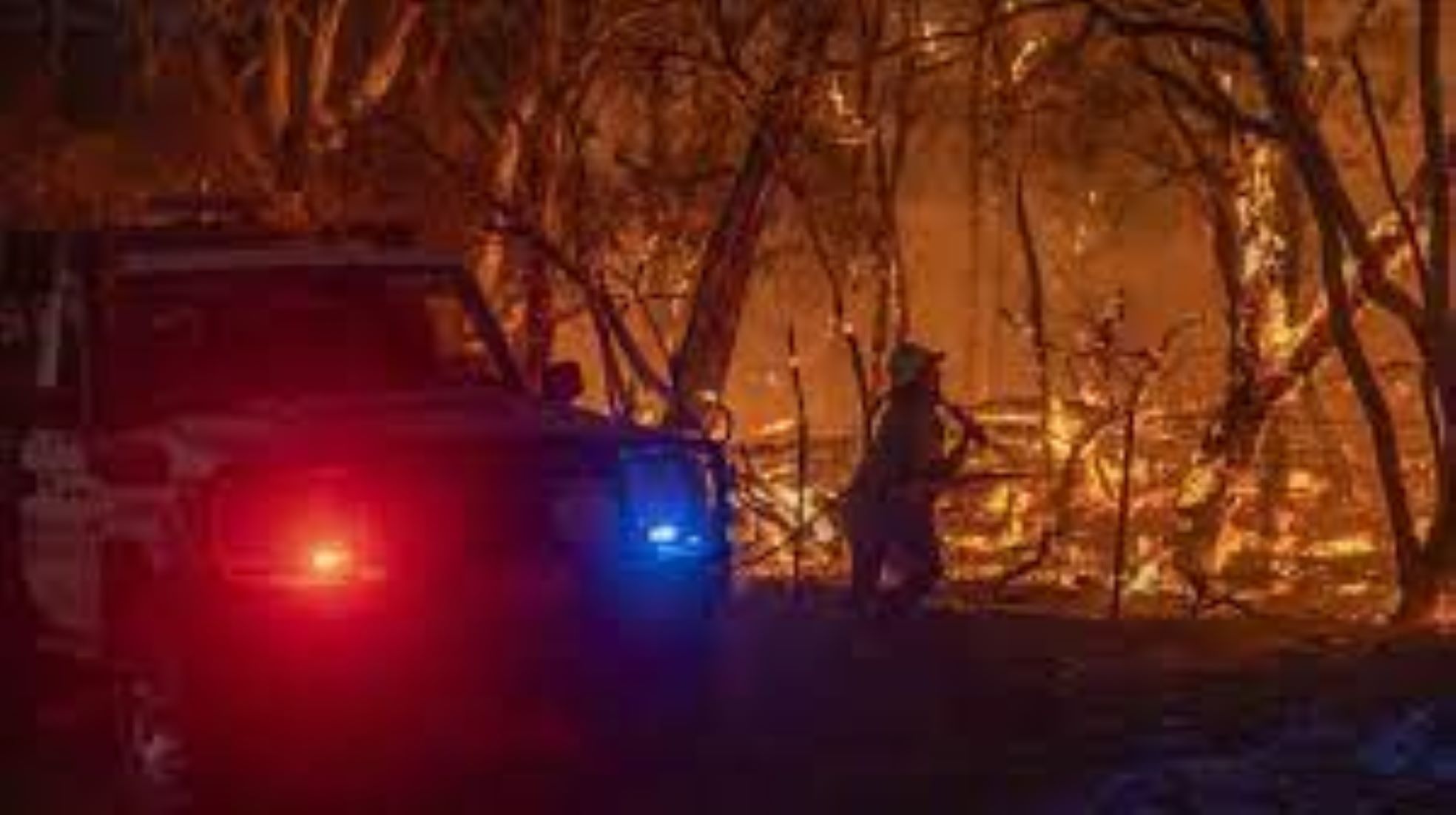SYDNEY, Feb 29 (NNN-AAP) – Battered by a mixture of hot, dry, and windy weather, Victoria experienced yet another “catastrophic” fire rating this month, only 15 days after the worst scenario befell this second-most populous state of Australia.
Yesterday, residents in the Wimmera Region, again stayed on high alert, for catastrophic fire danger, while warnings were also issued over extreme threats in the Central, Mallee, North Central, Northern Country, and South West districts.
The majority of Victoria, excluding the North East, East Gippsland, and West and South Gippsland regions, saw a total fire ban in force, which means that, no fire could be lit from 12:01 a.m. until 11:59 p.m. local time.
Data from Australian weather service provider, Weatherzone, showed that, at 1:00 p.m. local time, temperatures already hit 40 degrees Celsius at Swan Hill, in the state’s north-west, and above 35 degrees Celsius at Cape Nelson, in the south-west.
Fire danger ratings reached “extreme” levels in parts of south-west Victoria, before midday. Shortly after 1:30 p.m. local time, the Fire Behaviour Index tipped over 100 at Hamilton, Casterton, and Kanangulk, representing catastrophic fire danger.
After high clouds contributed to mild weather yesterday morning, Country Fire Authority Chief Officer, Jason Heffernan, noted that, the cloud system deteriorated across the western parts of the state, with temperatures soaring and winds developing rapidly.
“Forty-one degrees Celsius at Walpeup, 40 degrees Celsius at Swan Hill, 39 degrees Celsius at Nhill, and they’re currently experiencing winds of about 60 to 70 kilometres an hour,” said Heffernan.
“We’re currently seeing catastrophic conditions in Casterton, Hamilton, and Kanagulk, in the Wimmera Weather District,” he added.
During the day, an out-of-control grassfire triggered emergency warnings for Dereel, Rokewood Junction. A “Watch and Act” alert was also declared for households living near Ararat and Ballarat, as the bushfire at Bayindeen-Rocky Road continued to rage.
Since it began last week, the Bayindeen-Rocky Road blaze has grown more than 21,000 hectares in size, with the fire perimeter extending to 173 kilometres around it.
David Bowman, professor of pyrogeography and fire science at the University of Tasmania, pointed out that, it has destroyed six homes and killed livestock, while more than 30,000 people in high-risk areas between Ballarat and Ararat had reportedly been told to leave their homes.
“Climate change is bringing not just more frequent and severe fires, but longer fire seasons. That means, we must stay on heightened alert for much longer than in the past,” Bowman wrote in an article, published by the media network, The Conversation.
Earlier, Victoria was confronted with catastrophic fire danger on Feb 13. The condition, in Heffernan’s words, represented “the worst fire risk day Victoria has experienced since the 2019-20 fire season.”– NNN-AAP






